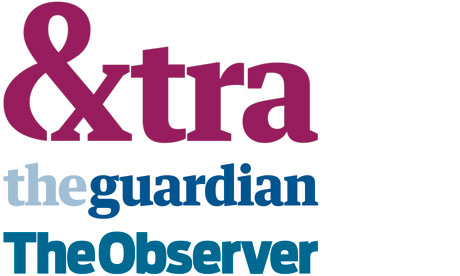Content is now a raw material, not a finished product (not even a special Guardian Extra product)
 The Guardian has made an entry into the paid-for content space. Called Extra it is, as the name suggested, the on-line Guardian with a little bit extra, for which you will be expected to part with £25 annually. It is interesting and innovative, as one might expect from the Guardian – but it won’t work as a model for how what we currently call a newspaper (even an on-line, multimedia newspaper) can operate in the social media world.
The Guardian has made an entry into the paid-for content space. Called Extra it is, as the name suggested, the on-line Guardian with a little bit extra, for which you will be expected to part with £25 annually. It is interesting and innovative, as one might expect from the Guardian – but it won’t work as a model for how what we currently call a newspaper (even an on-line, multimedia newspaper) can operate in the social media world.
The reason for this is that its ethos and economic model is still fundamentally rooted in Gutenberg economics. It is still all about producing content – but in a way that doffs its cap to what editor Alan Rusbridger calls web2.0 by in his words “involving the readers in what we do“.
Clang! What “we” do is not what it is about anymore. In the social media world, content is not a finished product it is only a raw material. The “reader” as some still might like to call them, is the only person responsible for a finished product. It is therefore not a case of “involving the readers in what we do” – it works the other way round. The Guardian needs to create the permission to be involved in what the readers do.
Rusbridger goes on to assert that Guardian Extra will be at the vanguard of creating a bunch of readers who won’t accept journalism being shoved at them. The thing is, it is not journalism that has been shoved at them, it is journalists and the attendant institutional structure of a newspaper (or other institutionalised forms of one-to-many mass media). People are already working out how to “do” journalism in a way that doesn’t involve said institutions, their journalists or their content. That’s the issue.
The only future for the Guardian, or any newspaper, is to first of all develop a content model that is fully adapted to the distribution media of print. I.e. content that works better in a printed and mass distribution form that it does in the digital space. The majority of the content newspapers currently produce won’t fit against this model (unfortunately). In parallel to this, they will need to develop a digital (social media) model which sees journalism as a process, content as a raw material, and is designed to facilitate what it is people want news and/or journalism to achieve. However this approach is a million miles away from where most editors’ or proprietors’ heads are at. In theory, creating a model that can work in the new world is not so hard. However, in practice it involves abandoning everything a journalist or an editor understands and is probably, culturally, too great a shift for most journalists to make – even the bright and digitally enabled ones at the Guardian.

4 comments